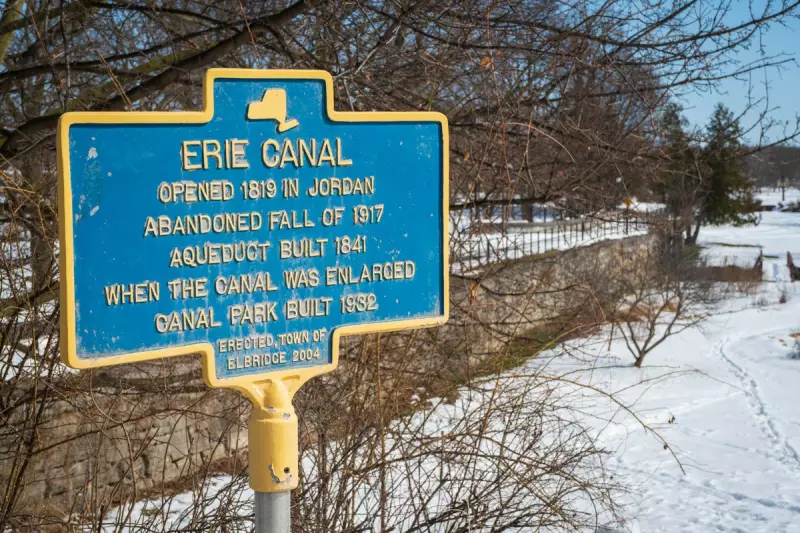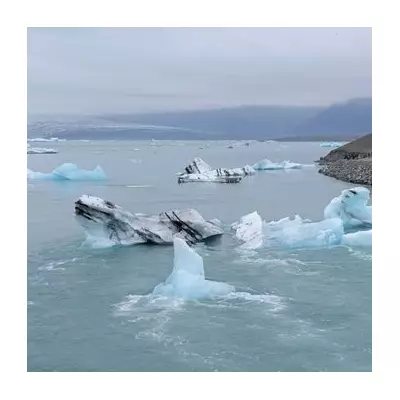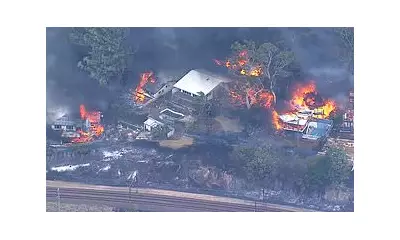
The legendary Erie Canal, the 363-mile waterway that famously connected the Great Lakes to the Atlantic Ocean, now faces a modern threat that its 19th-century engineers could never have anticipated: climate change. This American engineering marvel, which transformed New York into the 'Empire State' and reshaped the nation's economic destiny, is increasingly vulnerable to extreme weather patterns.
A Waterway That Built a Nation
When the Erie Canal opened in 1825, it represented one of the most ambitious infrastructure projects in American history. The canal created a vital trade route that connected the Atlantic Ocean via the Hudson River to the Great Lakes, dramatically reducing transportation costs and opening up the American interior to settlement and commerce.
The impact was revolutionary - shipping times were slashed from weeks to days, and the cost of moving goods dropped by approximately 95%. This transformation turned New York City into America's premier commercial hub and established the canal as a symbol of American ingenuity and progress.
The Modern Climate Challenge
Today, this historic waterway faces challenges that its original builders could never have imagined. Researchers and historians are now documenting how climate change-induced weather patterns are threatening the canal's infrastructure and surrounding communities.
Increased frequency of severe storms has led to:
- More frequent flooding events that damage historic structures
- Erosion problems along the canal's banks
- Water management challenges due to unpredictable rainfall patterns
- Infrastructure stress from both drought and deluge cycles
Preserving History While Adapting to Change
The New York State Canal Corporation, which manages the waterway, now faces the dual challenge of preserving this historic treasure while adapting it to withstand 21st-century climate realities. The canal has already undergone significant transformations from its original purpose - today it primarily serves recreational boaters and tourists rather than commercial shipping.
This shift in function offers both challenges and opportunities for preservation. While the economic imperative that originally justified the canal's construction has diminished, its historical and cultural significance has only grown over time.
Looking to the Future
As climate scientists continue to document changing weather patterns across New York State, the fate of the Erie Canal serves as a powerful reminder of how even our most enduring infrastructure must adapt to environmental changes. The canal that once represented the cutting edge of 19th-century technology now finds itself at the centre of 21st-century climate adaptation discussions.
The ongoing story of the Erie Canal demonstrates that preserving our historical landmarks requires not just maintaining what was built, but adapting it to meet the challenges of our changing world.





